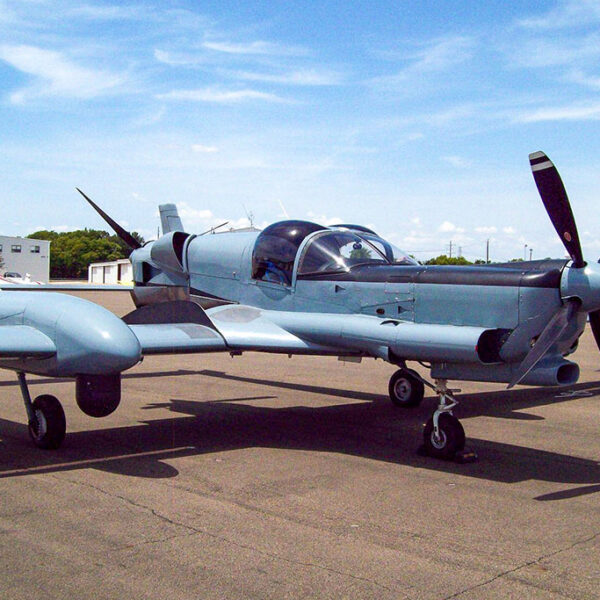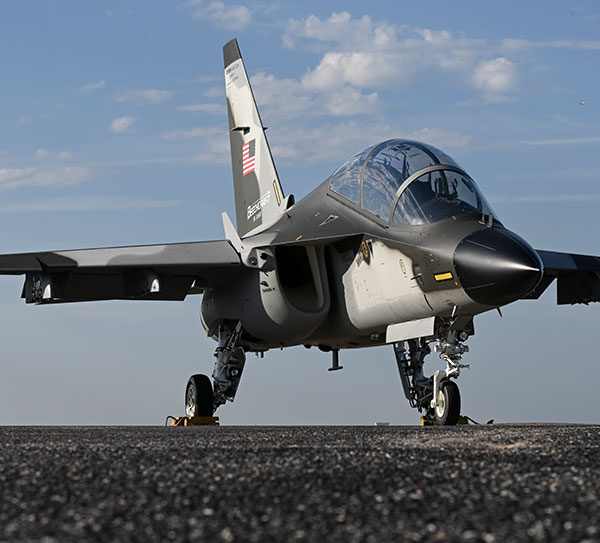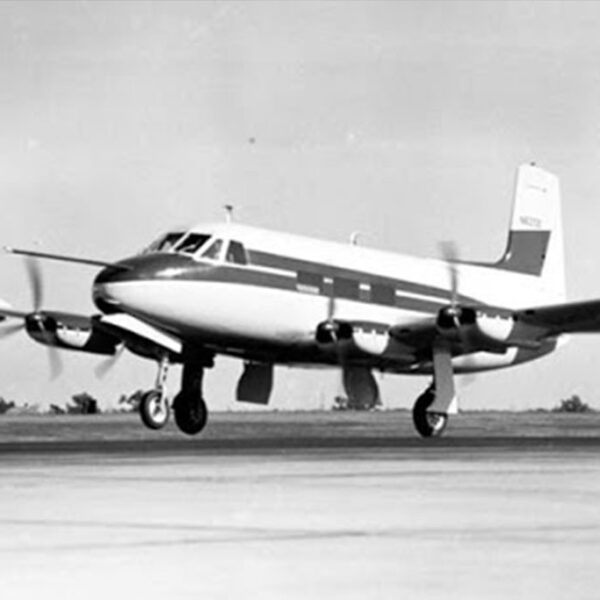XB-70 Valkyrie Drooping Wingtips
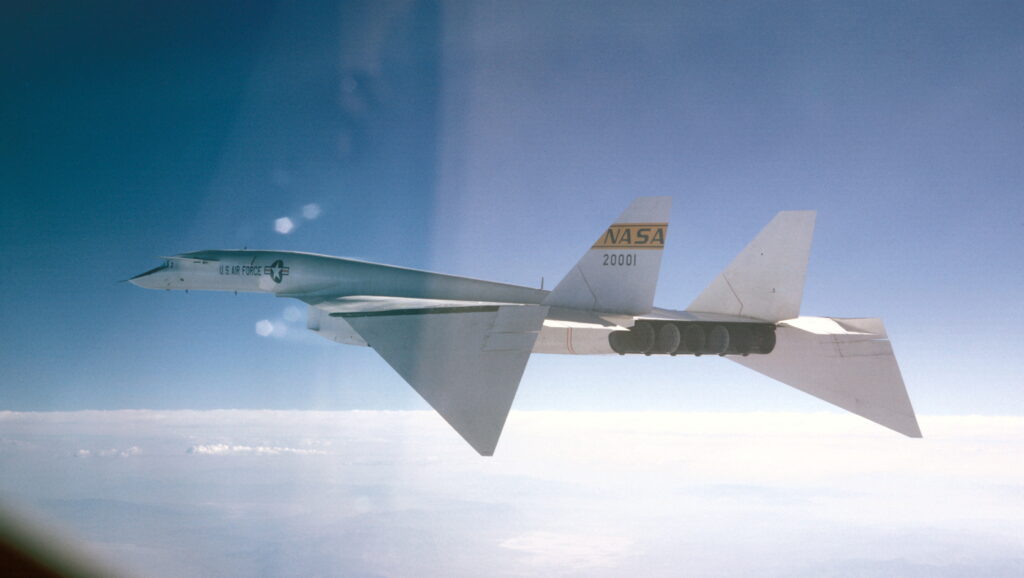
Flying beyond Mach 3 presents a number of unique technical challenges that must be overcome, and the North American XB-70 Valkyrie implemented innovative solutions to accomplish this.
First flown in September of 1964, the XB-70 was a prototype supersonic research aircraft. Two examples were built with the intention of exploring Mach 3+ flight and subsequently being developed into strategic bombers capable of delivering nuclear ordnance.
While the program ultimately came to an end in 1969, with no further examples manufactured, the aircraft successfully demonstrated novel concepts that enabled extended flight at extremely high speeds. One of the most notable features was the drooping wingtip system, visible in the photo above.
During high-speed flight, the wingtips pivoted downward to a 65-degree angle. This lowered them into the shock wave produced by the leading edge of the engine intake, thus generating additional lift. It also provided additional stability and shifted the center of pressure, or balance of the generated lift.
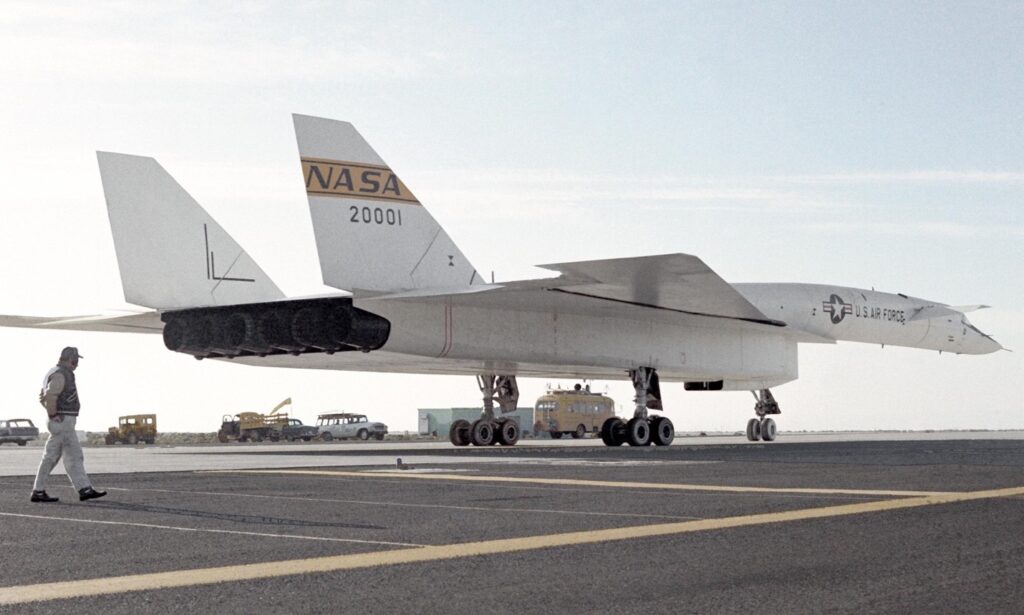
Of course, it also introduced an additional system that could fail. Most critical would be an asymmetry, in which only one wingtip changes position, compromising aircraft control. Also serious would be the failure of both wingtips in the lowered position. In this case, the crew would be forced to land with them extending below the main landing gear, grinding them off on the runway surface while coping with the potential of fire and loss of control.
Fortunately, this never occurred, and the drooping wingtips fulfilled their duties throughout the test program.


